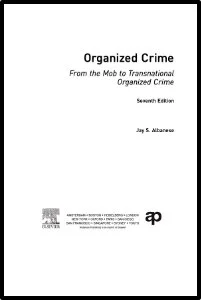By ENACT
Weak medical regulations and the lack of regulatory autonomy poses challenges in efforts to address organised criminality in the sector. The COVID-19 global pandemic has had profound social, economic and geo-political impact across the globe. In East Africa, countries have attempted to face this issue in the context of resource challenged national healthcare systems. Organised crime groups (OCGs) however have sought to exploit the vulnerabilities in society, which have developed following fundamental changes in population behaviours as a result of fear and often misinformation concerning the pandemic. Challenges in regulatory authority autonomy combined with widespread adoption in East African of misinformation on COVID-19 create an ideal operating environment for OCGs. This has encouraged OCGs to move into the illicit medications market over other forms of crime. A COVID-19 related hysteria has maximised profits for organised crime in this field, whilst enabling relatively risk free activity for criminals. This activity has included increased importations of counterfeit and substandard medications from Asia as well as the acquisition of powerful painkillers to sell on the black market.
ENACT Africa, 2020. 25p.





















